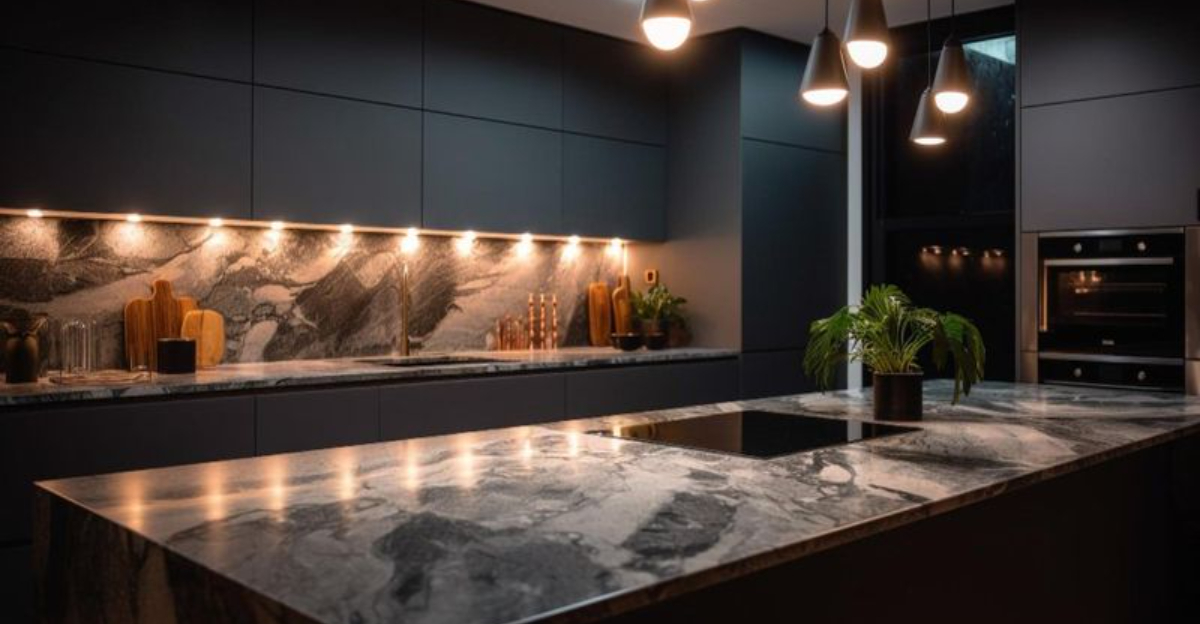Choosing between light and dark kitchen countertops isn’t just about what looks pretty—it’s a decision that affects your daily life for years to come.
The color you select impacts how spacious your kitchen feels, how often you’ll be scrubbing surfaces, and even your home’s future selling potential. Let’s explore the upsides and downsides of both options so you can make the perfect choice for your cooking space.
1. Light Countertops Make Small Kitchens Feel Spacious
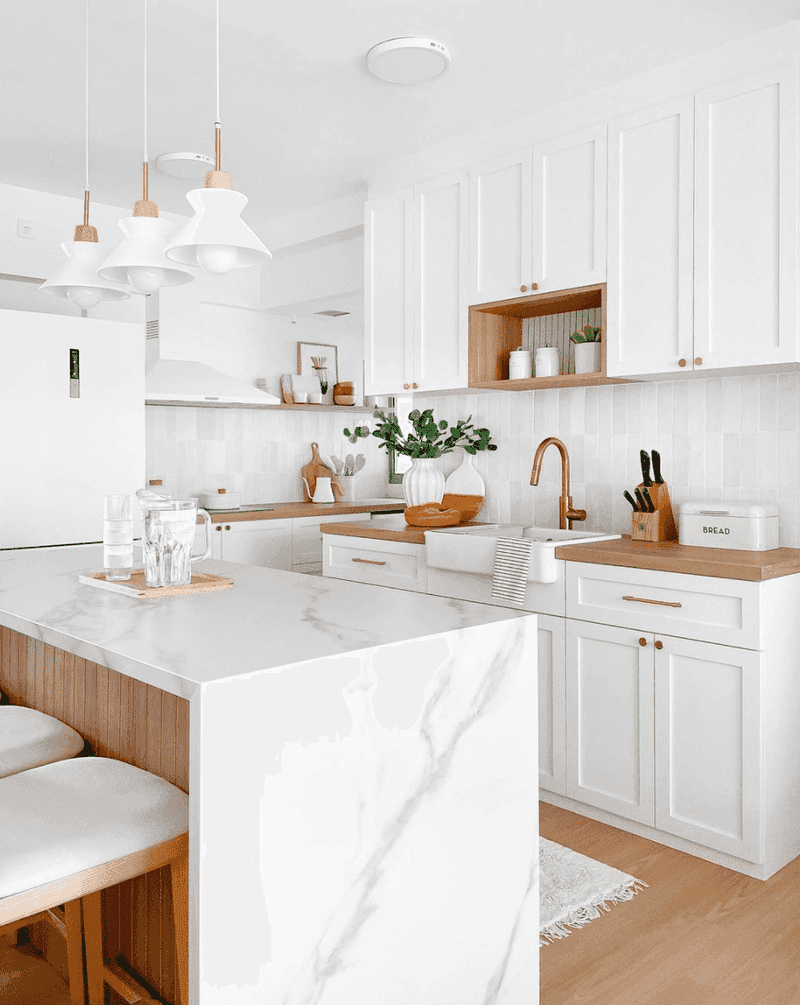
Pale surfaces bounce light around like a natural brightener for your kitchen. In compact cooking spaces, light-colored countertops create an illusion of openness that dark surfaces simply can’t match.
White, cream, or light gray options visually expand your kitchen’s boundaries, making even the tiniest galley kitchen feel less cramped. For apartment dwellers or anyone working with limited square footage, this optical trick is worth its weight in gold.
2. Dark Countertops Create Dramatic Focal Points
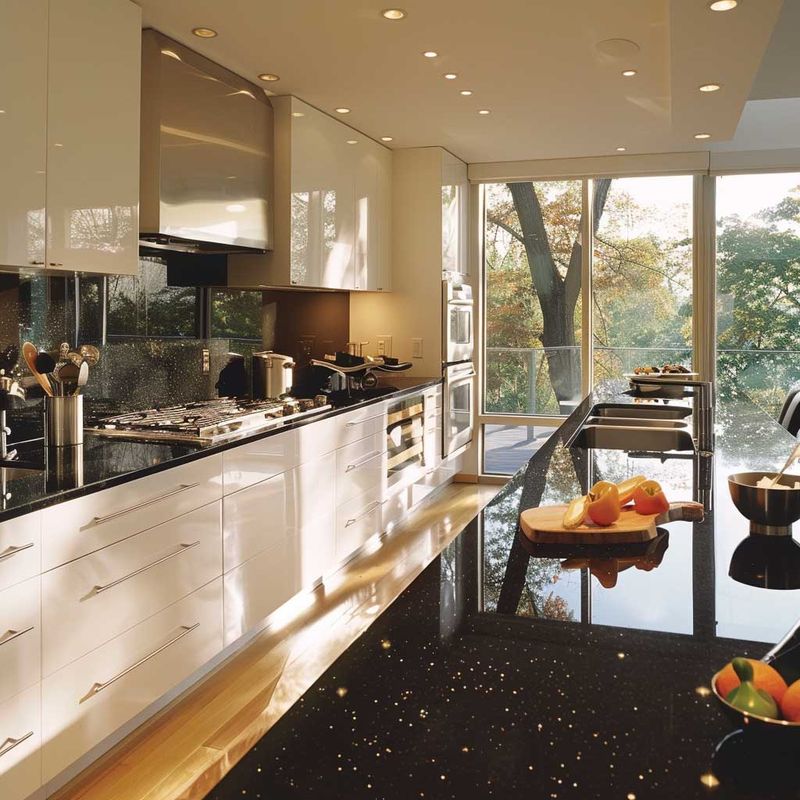
Black granite or deep walnut surfaces command attention instantly. They anchor the kitchen with a sense of luxury that light countertops sometimes struggle to achieve.
Dark countertops transform ordinary kitchens into magazine-worthy spaces, especially when paired with contrasting cabinetry. The rich depth provides a stunning backdrop for colorful dishes and fresh ingredients—suddenly your tomatoes and herbs look like artwork against that midnight-black surface.
3. Light Countertops Hide Dust Better
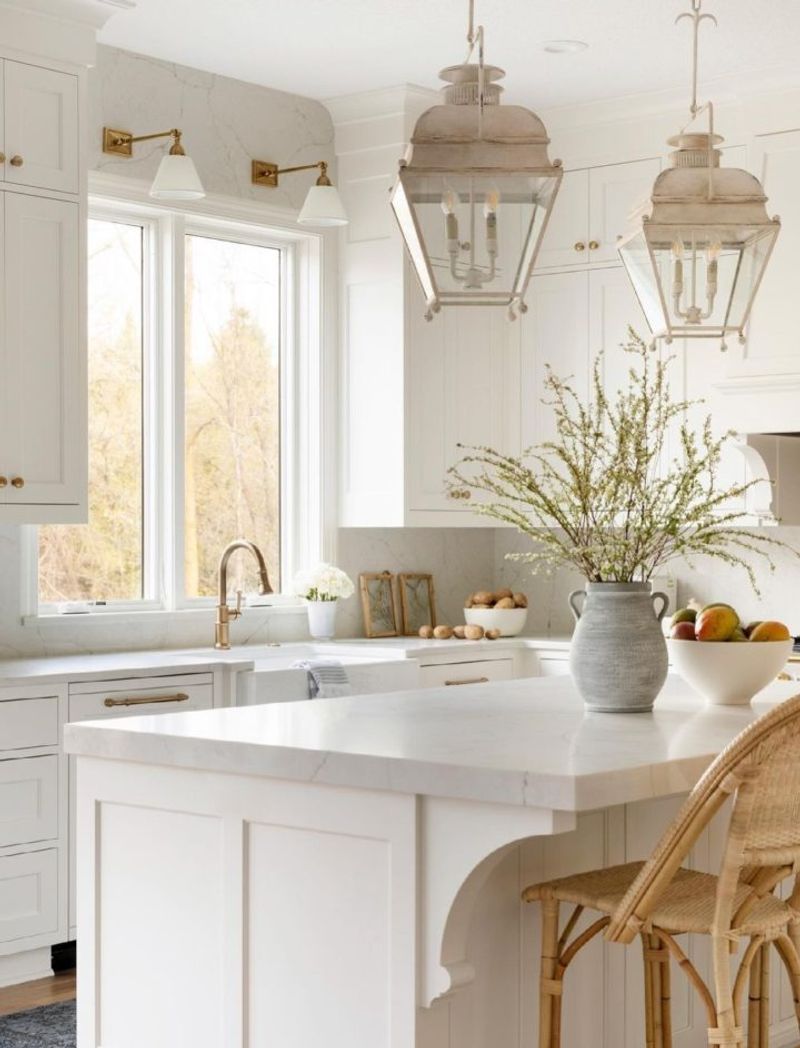
Morning sunlight streaming through windows highlights every speck of dust on dark surfaces. Light-colored countertops naturally camouflage the everyday dust that accumulates between cleanings.
For busy households, this practical advantage means less visible mess when you don’t have time for daily wipe-downs. The forgiving nature of cream, beige, or white surfaces keeps your kitchen looking relatively clean even during hectic weeks when thorough cleaning gets postponed.
4. Dark Countertops Conceal Stains Masterfully
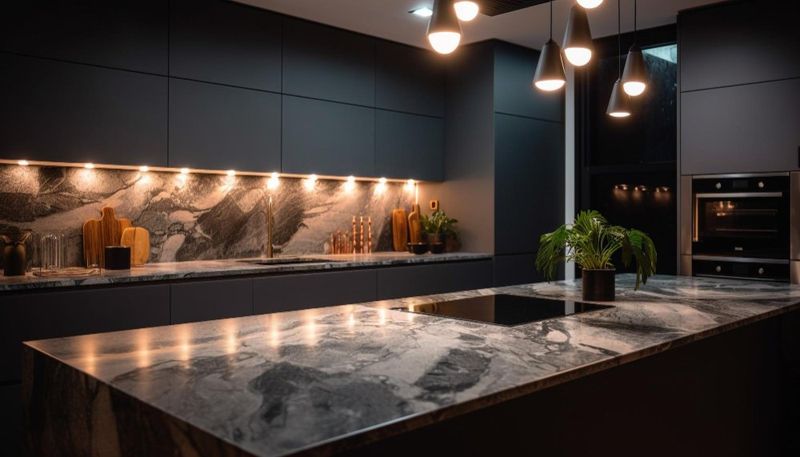
Spilled coffee, red wine splashes, and berry juice become permanent memories on light surfaces. Dark countertops, however, forgive these culinary accidents with remarkable grace.
The deep coloration masks many common kitchen stains that would be immediately visible on white or beige surfaces. For families with young children or enthusiastic cooks who regularly work with colorful ingredients, this stain-hiding superpower might just save your sanity—and your cleaning budget.
5. Light Countertops Stay Timeless Through Trends
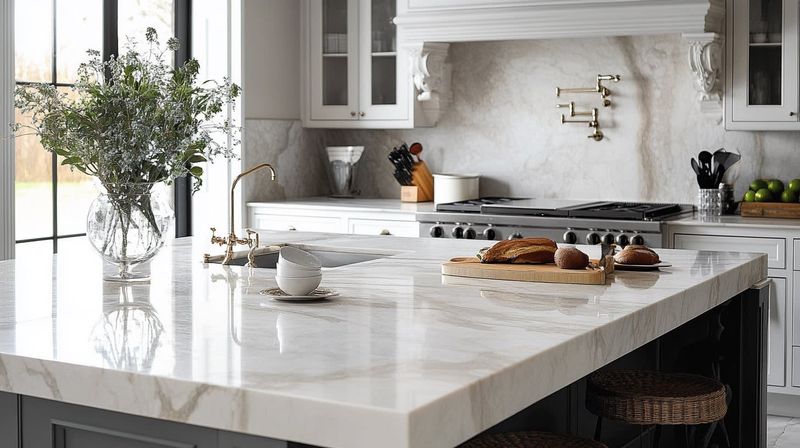
Fashion comes and goes, but white marble never loses its appeal. Light countertops have maintained their popularity decade after decade, while darker trends tend to cycle in and out of style.
Real estate agents consistently report that light kitchens appeal to more potential buyers. If you’re planning to sell within the next five years, pale countertops offer a safer investment—they rarely look dated and appeal to the widest possible audience of future homeowners.
6. Dark Countertops Add Cozy Warmth
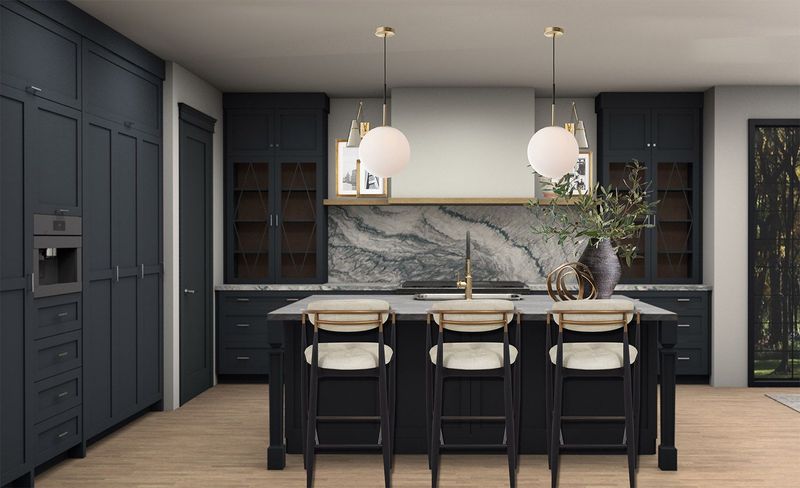
Rich, deep-toned surfaces instantly transform stark kitchens into inviting gathering spaces. Dark countertops bring a natural warmth that makes people want to linger over coffee or wine.
In larger kitchens that might otherwise feel cavernous or sterile, dark surfaces create intimacy and balance. They ground the space with visual weight, making oversized rooms feel properly proportioned and welcoming rather than empty or overwhelming.
7. Light Countertops Showcase Food Beautifully
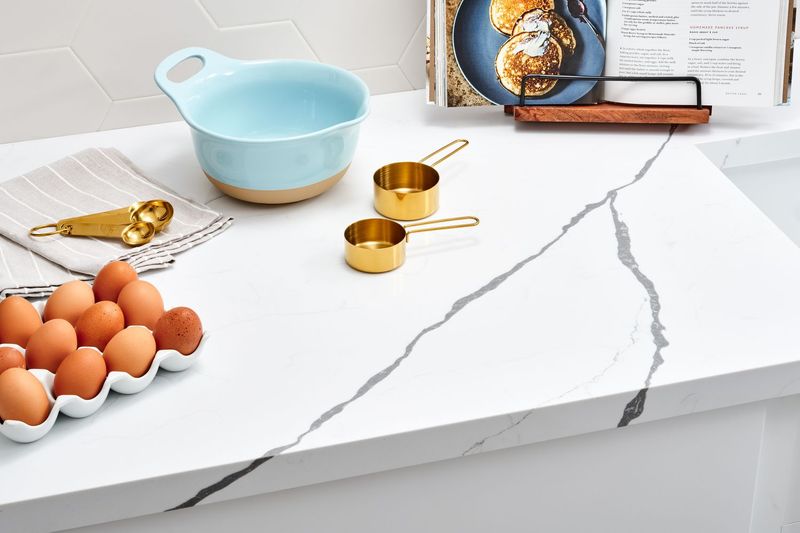
Professional chefs often prefer pale surfaces for a reason—they provide the perfect neutral backdrop for culinary creations. Food colors pop vividly against light countertops, making even simple meals look more appetizing.
For food photographers or social media enthusiasts, light surfaces reflect natural light upward, eliminating harsh shadows in your food photos. Home bakers particularly appreciate how white or cream surfaces make it easier to spot flour dustings or dough consistency while working.
8. Dark Countertops Complement Modern Appliances
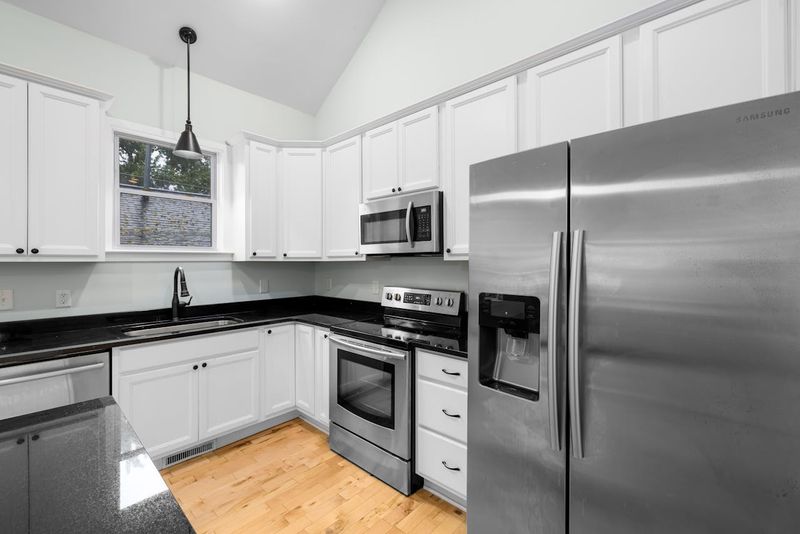
Sleek black or charcoal surfaces create harmony with today’s stainless steel and black appliances. The sophisticated pairing feels intentional and coordinated without trying too hard.
In contemporary kitchens featuring industrial elements or minimalist design, dark countertops provide visual continuity. They bridge the gap between metallic fixtures and wooden elements, pulling together disparate materials into a cohesive whole that feels professionally designed rather than accidentally assembled.
9. Light Countertops Show Every Crumb
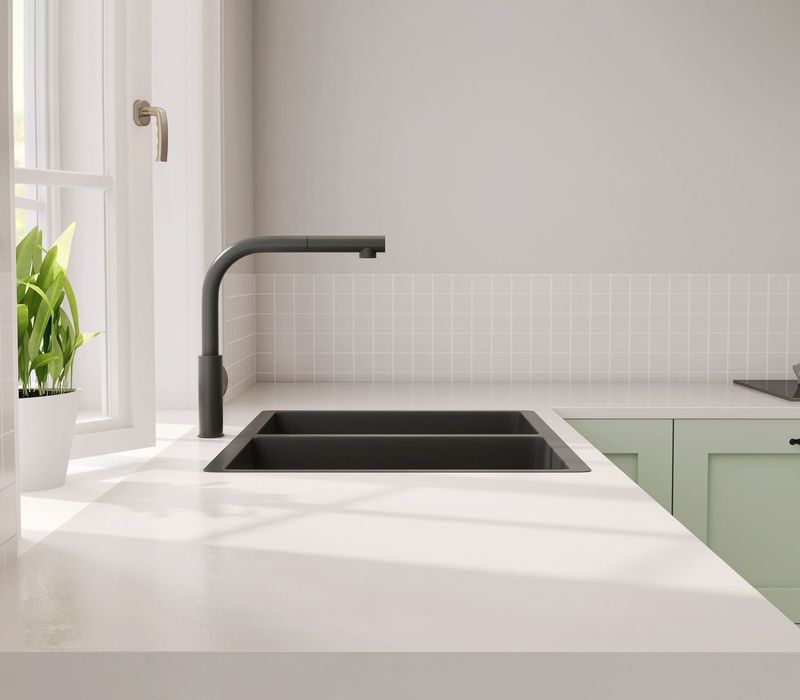
Pristine white surfaces transform into evidence boards documenting every meal you’ve prepared. Each breadcrumb, coffee drip, and sauce splatter stands out in stark relief against pale backgrounds.
For households with multiple daily meal preparations, light countertops demand vigilant cleaning habits. What looks spotless in dim evening light often reveals surprising messes when morning sunshine streams in—suddenly exposing yesterday’s overlooked spills that dark surfaces would have mercifully concealed.
10. Dark Countertops Reveal Fingerprints Instantly
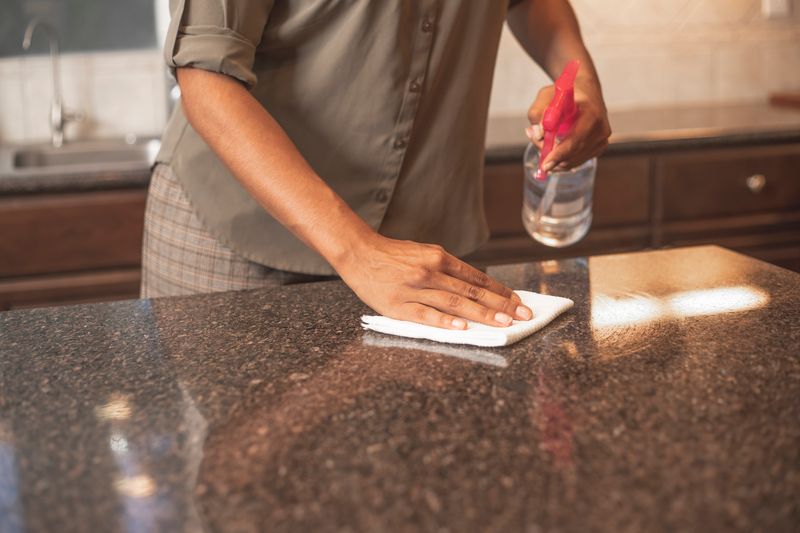
Glossy black surfaces transform into fingerprint collectors after just one meal preparation. Every touch leaves visible evidence that can make recently cleaned counters look perpetually smudged.
Water spots that would disappear on light surfaces become glaringly obvious on dark countertops. The constant battle against visible fingerprints often requires specific cleaning products and microfiber cloths to maintain that showroom-perfect appearance—an unexpected maintenance challenge that light countertop owners rarely face.
11. Light Countertops Can Yellow Over Time
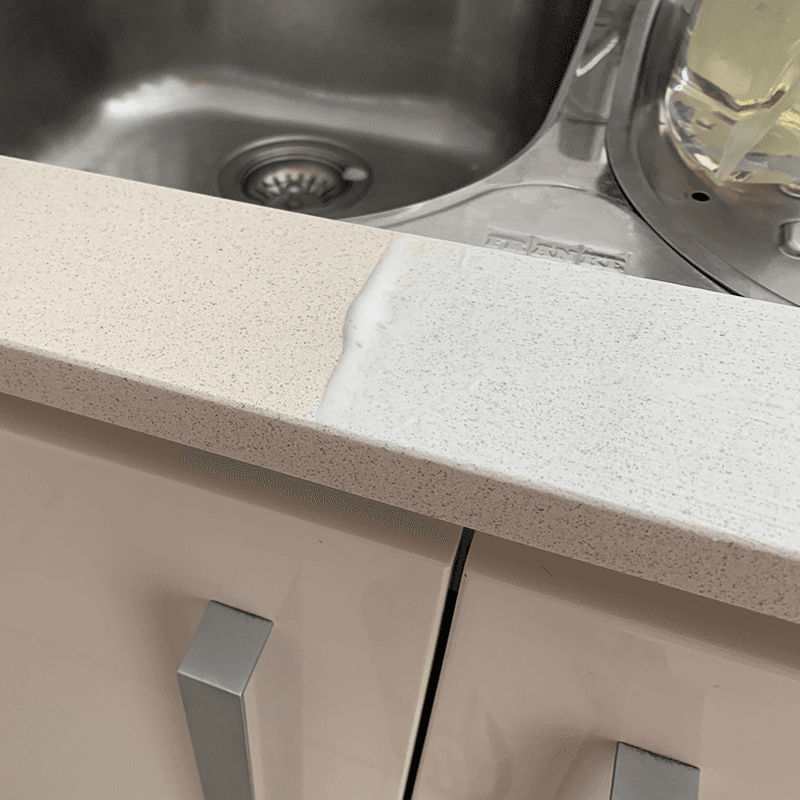
That pristine white surface might not stay perfectly white forever. Light countertops, particularly in less expensive materials, can develop a yellowish tinge after years of use and exposure to sunlight.
Certain cleaning products actually accelerate this aging process. The gradual color shift happens so slowly you might not notice day-to-day, but comparing current photos to installation pictures often reveals surprising changes—a long-term aesthetic consideration that dark countertop owners never worry about.
12. Dark Countertops Make Kitchens Feel Smaller
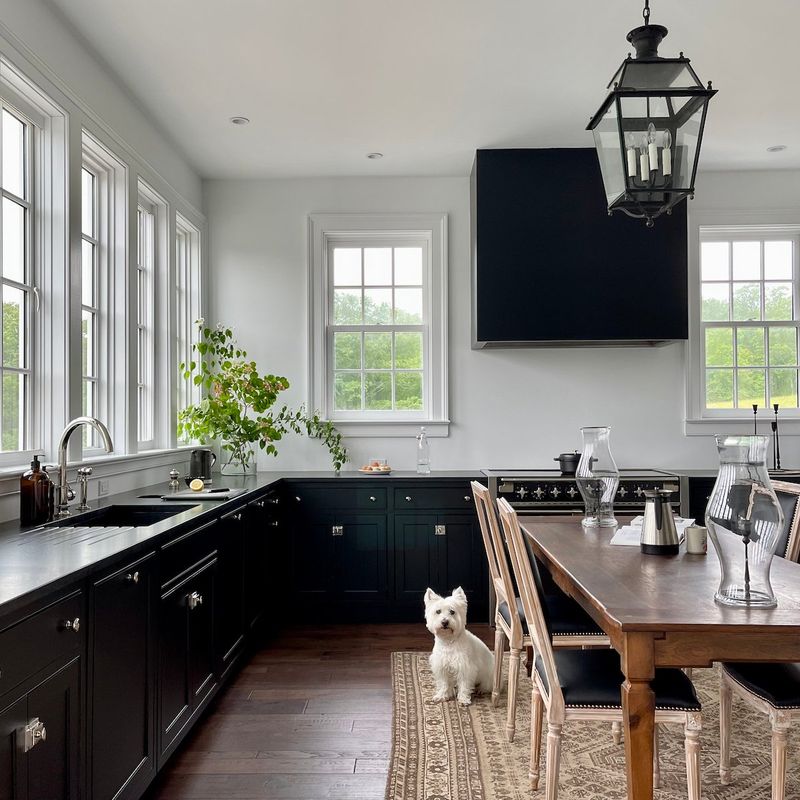
Deep colors absorb light instead of reflecting it, visually shrinking your kitchen’s dimensions. In already modest spaces, dark countertops can make walls feel like they’re closing in.
The light-absorbing quality creates shadows that further diminish perceived space. Without strategic lighting to counterbalance this effect, dark countertops can transform cozy kitchens into cramped-feeling caves—a psychological impact that surprises many homeowners who only considered aesthetic factors during selection.
13. Light Countertops Reveal Wear Patterns Quickly
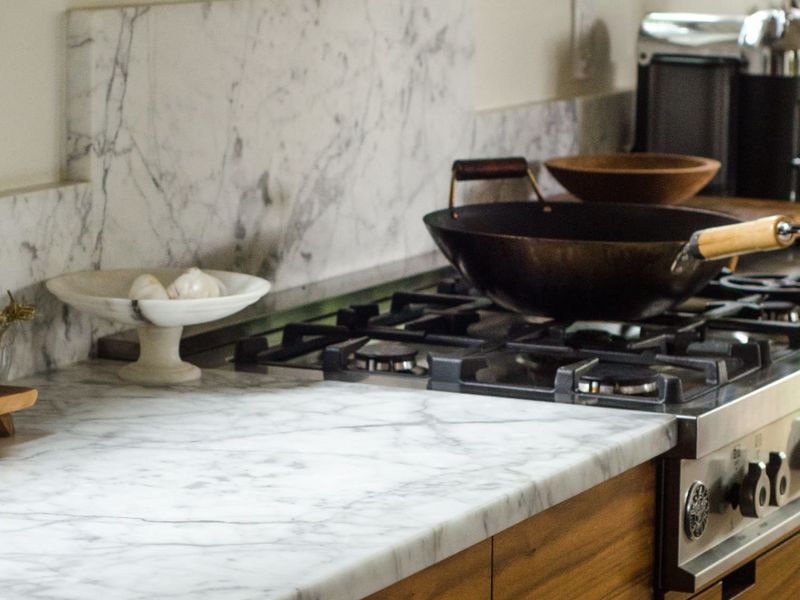
High-traffic areas near sinks and prep zones develop visible patinas on light surfaces long before dark countertops would show similar aging. The wear pattern tells the story of your kitchen habits with unflattering honesty.
Light stone or solid surfaces often develop subtle etching from acidic foods that’s immediately apparent. What starts as minor dulling in small areas gradually expands, creating noticeable differences between frequently used and rarely touched sections of your countertop—a progressive aging that dark colors disguise much better.
14. Dark Countertops Heat Up in Sunlight
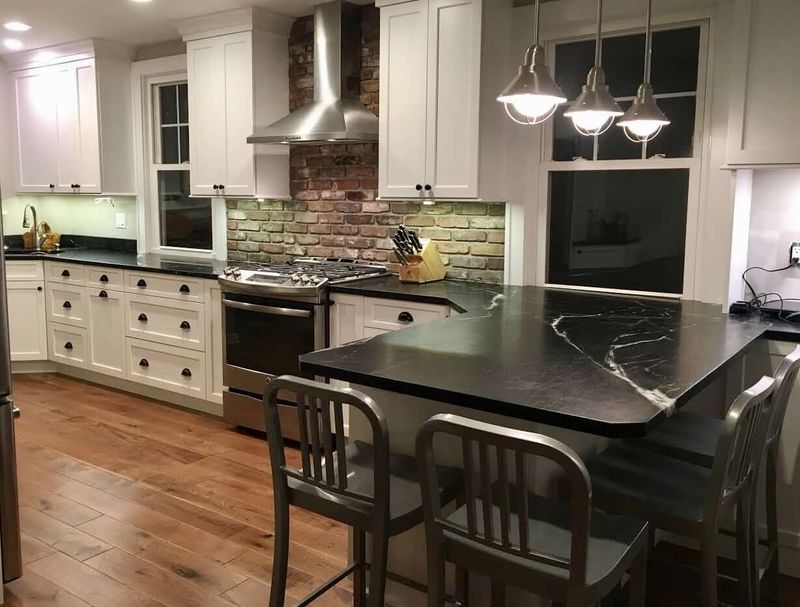
Black or deep-colored surfaces absorb solar energy like natural heat collectors. In sunny kitchens, dark countertops can become uncomfortably warm to the touch during summer months.
This thermal property affects more than just comfort—food left on dark surfaces warms faster too. Butter softens prematurely, chocolate melts unexpectedly, and dough becomes sticky when placed on sun-warmed dark countertops—a practical consideration rarely mentioned in design magazines showcasing those gorgeous mahogany or black granite installations.
15. Light Countertops Limit Design Flexibility
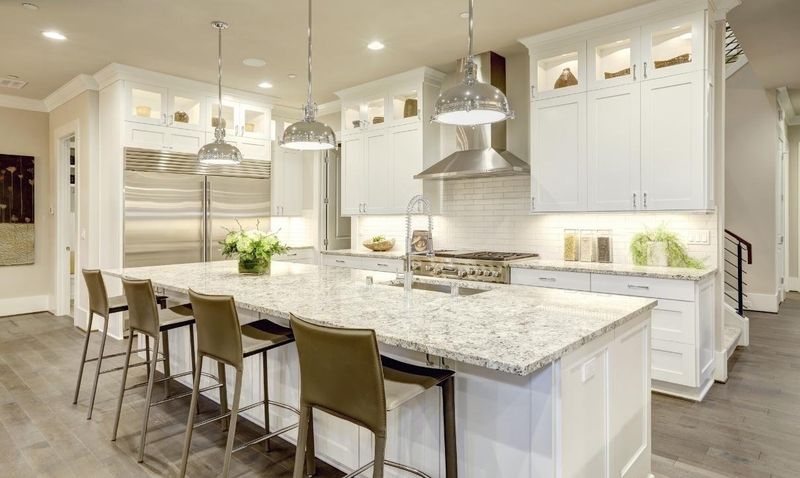
Committing to white or cream surfaces locks you into compatible color schemes for years. Future kitchen updates must work around your light countertop or risk creating jarring contrasts.
Replacing backsplashes or cabinet colors becomes more challenging with light countertops as your permanent anchor. While initially versatile, their prominence in the room means they dictate most subsequent design choices—a long-term constraint that many homeowners don’t anticipate when seduced by those gleaming white showroom displays.
16. Dark Countertops Require Extra Lighting
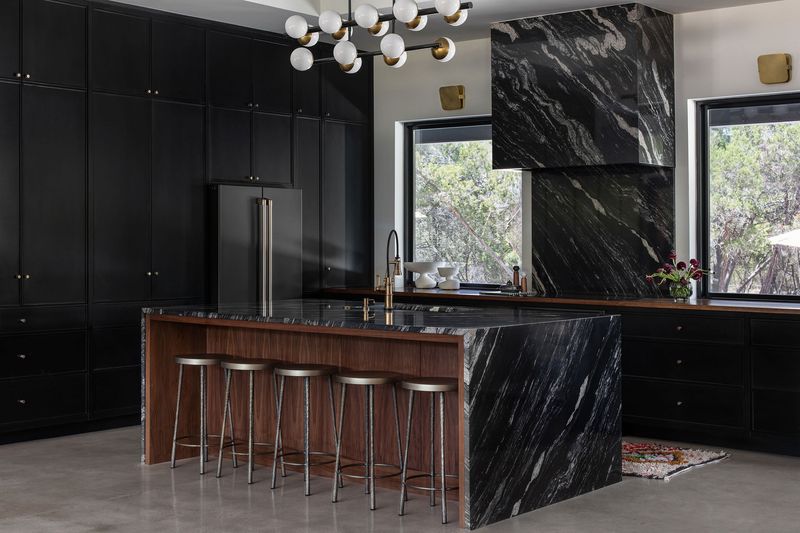
Light-absorbing surfaces create shadowy work areas that make food preparation more challenging. Dark countertops often necessitate additional under-cabinet lighting to compensate for their natural light-diminishing properties.
The increased electrical requirements translate to higher energy bills over time. What started as a stylish design choice can evolve into an ongoing expense—both financially and in terms of installation complexity—as you add lighting solutions to counteract the inherent darkness your countertops create.

